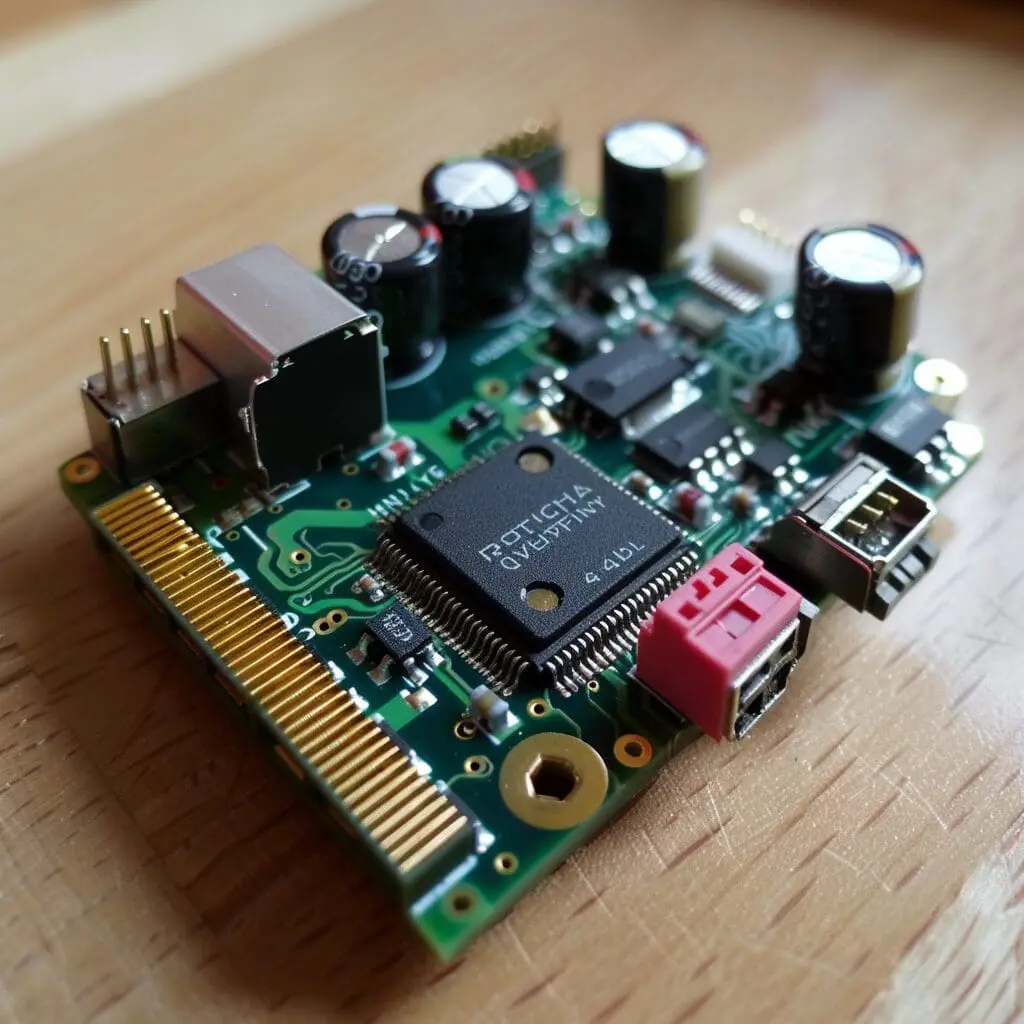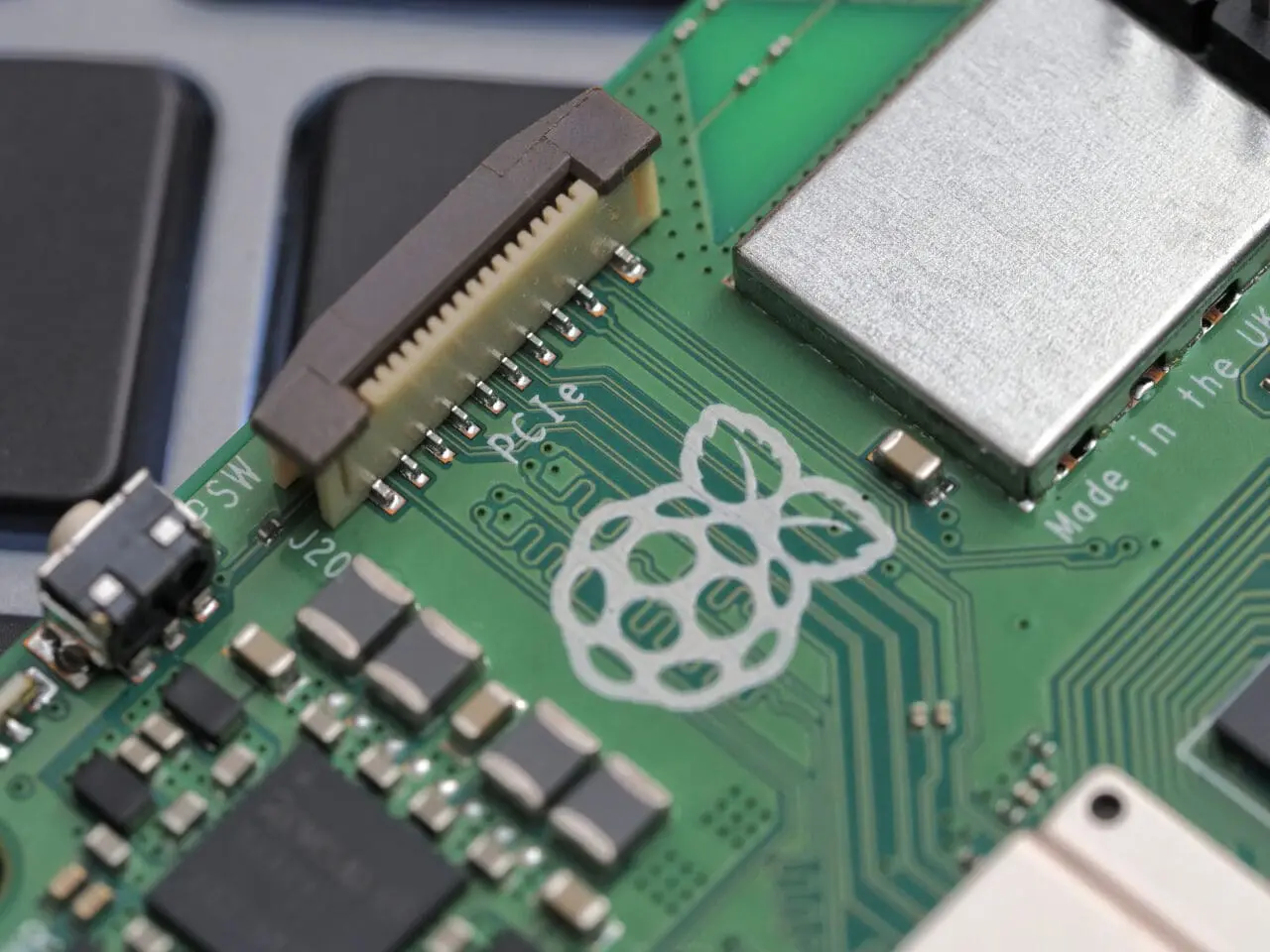

The Raspberry Pi is not just a technological marvel; it is a catalyst for spreading computer literacy across the globe. Developed by the UK-based Raspberry Pi Foundation, its affordability and accessibility make it an ideal educational tool for students and novice programmers. The latest Raspberry Pi models feature enhancements such as micro HDMI ports, improving connectivity and usability. Running on the Raspberry Pi OS, this device introduces users to fundamental computing concepts in a practical, engaging way. Furthermore, the extensive community support provides an endless stream of tutorials, projects, and forums, making it easier for learners to acquire new skills and solve challenges. With anticipation building around a potential Raspberry Pi IPO, the platform continues to inspire the next generation of tech innovators and computer scientists by offering an approachable yet powerful learning experience.
While the Raspberry Pi has carved out a significant niche in education, its impact extends far beyond the classroom. Industries worldwide are leveraging its compact size, affordability, and versatility for a myriad of applications. From streamlining manufacturing processes with custom automation systems to enabling smart home functionalities, the Raspberry Pi’s capabilities are diverse and transformative. In the embedded and semiconductor sectors, it functions as a reliable, low-cost solution for prototyping and development. Moreover, Raspberry Pi’s extensive support for various programming languages and its robust GPIO pins make it an invaluable tool for IoT projects and industrial automation. As companies continuously seek cost-effective and flexible computing solutions, the Raspberry Pi stands out as a versatile powerhouse, driving innovation and efficiency across multiple sectors.
One of the most remarkable features of Raspberry Pi Ltd’s Raspberry Pi PC is its GPIO (General Purpose Input/Output) pins, which unlock a universe of possibilities for hobbyists, educators, and professionals alike. These pins allow users to connect and control a variety of external hardware components, such as sensors, motors, and LEDs, making Raspberry Pis essential tools for DIY projects and hardware programming. The versatility of the GPIO pins enables the creation of complex projects ranging from simple home automation systems to sophisticated robotics. By facilitating direct interaction with electronic circuits, the GPIO pins provide an excellent hands-on learning experience, helping users to grasp core concepts in electronics and coding. With countless tutorials and community projects available, the GPIO pins not only enhance the functionality of Raspberry Pis but also ignite creativity and innovation in users of all skill levels. Additionally, the Raspberry Pi PC supports a variety of operating systems and requires a reliable power supply to function optimally.
Choosing between a Raspberry Pi Model and an Arduino ultimately depends on your specific needs and project requirements. The Raspberry Pi Model is essentially a full-fledged computer, running a Linux-based operating system with the capability to handle complex software applications, multimedia tasks, and even web browsing. Created by the Raspberry Pi Foundation, it offers extensive GPIO pins and USB ports that allow for sophisticated hardware programming and interfacing with external components, making it suitable for projects requiring more computational power, such as IoT devices, home automation, and media centers. This makes it an excellent choice for low-cost computing solutions akin to Linux PCs. In contrast, Arduino is a microcontroller platform designed for real-time, simple control tasks like reading sensor data, controlling motors, and executing simple repetitive commands. It is ideal for tasks that require precise timing and quick response. While the Raspberry Pi Model excels in multitasking and running complex software, Arduino’s ease of use, real-time performance, and immediate start-up make it perfect for hardware-focused, lower-level interactions. Thus, hobbyists and professionals should consider the nature of their projects — higher computational needs may favor a Raspberry Pi Model, whereas simpler, hardware-intensive tasks might be better suited for an Arduino.
The upcoming releases of the Raspberry Pi 5 and Compute Module 5 (CM5) are generating a buzz in the tech community, with enthusiasts eagerly anticipating the advancements these new models will bring. Building on the legacy of their predecessors, the Raspberry Pi 5 is expected to feature enhanced processing power, improved connectivity options including USB ports and Wi-Fi, and advanced GPIO capabilities. The inclusion of USB C will provide faster data transfer and charging capabilities. The Compute Module 5, designed for embedded applications, is likely to offer increased storage, greater energy efficiency, and more robust performance metrics, making it an attractive option for industrial and commercial projects. Users will also benefit from an improved terminal window experience and enhanced support for a wide array of programming languages and community-driven resources. Additionally, these new models will continue to support various image editors and other operating systems, ensuring a versatile and comprehensive computing environment. As these innovations come to market, the potential for executing more complex, powerful, and efficient projects will considerably expand, further cementing Raspberry Pi’s status as a cornerstone of modern computing solutions.
The strength of the Raspberry Pi platform lies not just in its technological capabilities, but in the vibrant and collaborative community that supports it. Raspberry Pi Ltd has cultivated an environment where users can thrive, utilising tools like the operating system and image editor to bring their projects to life. From forums and social media groups to dedicated websites brimming with tutorials and projects, the Raspberry Pi community is a powerhouse of shared knowledge and collective problem-solving. This thriving ecosystem equips users of all skill levels with the resources needed to tackle complex issues, whether they are creating innovative IoT solutions with a Raspberry Pi 2, automating home systems with a Model B, or prototyping new industrial applications. Utilising essential components like an SD card and HDMI cable, users are well-equipped to explore endless possibilities. The sense of community fosters an environment where users are encouraged to experiment, learn, and share their findings, making it easier to overcome challenges and continuously push the boundaries of what is possible. In this way, the Raspberry Pi is more than just a versatile computing platform; it is a catalyst for ingenuity and a communal effort towards tech-driven solutions.
The Raspberry Pi 4 has become a vital tool in transforming hobbyists into successful business owners, bridging the gap between simple DIY projects and commercially viable products. Its affordability, robust performance, and versatility make it an ideal platform for prototyping and developing new ideas. Innovators leveraging the Raspberry Pi 4 can rapidly transform concepts into proof-of-concept models, refining and scaling them into market-ready solutions. The inclusion of features like micro HDMI, multiple USB ports, and the Raspberry Pi OS operating system streamlines the installation process and enhances functionality. This has been particularly evident in the realms of IoT devices, home automation systems, and custom industrial applications, where entrepreneurs exploit the Raspberry Pi 4’s capabilities to create unique, cost-effective solutions that solve real-world problems. Furthermore, the strong community support and abundant resources available online serve as invaluable assets, providing guidance and inspiration to entrepreneurs at every step of their journey. As such, the Raspberry Pi 4 not only empowers individual creativity but also fuels entrepreneurial spirit, enabling hobbyists to transform their passions into profitable ventures.
The Raspberry Pi Foundation’s creation has transcended its origins as a simple educational tool, now wielding significant influence within the semiconductor market. Initially designed to teach basic computer science in schools, its affordability, compact size, and surprising versatility have led to widespread adoption across various industries. The Raspberry Pi OS, along with the hardware’s robust features like USB ports, HDMI ports, and USB C power supply, make it ideal for applications ranging from industrial automation to IoT solutions. Raspberry Pis are proving to be critical components in a multitude of uses, driving demand for related semiconductor products. The built-in Wi-Fi further extends its utility in various environments. The Raspberry Pi has also fostered innovation in embedded systems and serves as a gateway for integrating more advanced chips and modules. The impact of Raspberry Pi on the semiconductor market is profound, spurring competition and prompting manufacturers to develop more efficient, powerful, and cost-effective components to meet the growing needs of its extensive user base. This evolution underscores the Raspberry Pi Foundation’s creation’s transformation from a mere educational toy to a pivotal player in the broader tech ecosystem.
The Raspberry Pi is more than just a powerful computing platform; it’s a gateway to unlocking endless creative possibilities. Enthusiasts and tinkerers around the world use Raspberry Pi to bring their imaginative ideas to life, whether it’s building custom home automation systems, developing retro gaming consoles, or creating interactive art installations. With its USB port, the Raspberry Pi easily connects to other devices, enhancing its versatility. The platform’s compatibility with a wide range of programming languages and various RAM makes, along with its extensive GPIO capabilities, empower users to experiment and innovate. Notably, the robust and supportive community provides access to countless tutorials, forums, and project ideas, ensuring that users, regardless of skill level, can continuously refine their programming skills while embarking on exciting DIY projects. By fostering an environment where learning and creativity go hand in hand, the Raspberry Pi inspires individuals to turn their inventive concepts into functional realities, making technology both accessible and enjoyable.

This website uses cookies to improve your experience. Choose what you're happy with.
Required for the site to function and can't be switched off.
Help us improve the website. Turn on if you agree.
Used for ads and personalisation. Turn on if you agree.
This website uses cookies to improve your experience. Choose what you're happy with.
Required for the site to function and can't be switched off.
Help us improve the website. Turn on if you agree.
Used for ads and personalisation. Turn on if you agree.